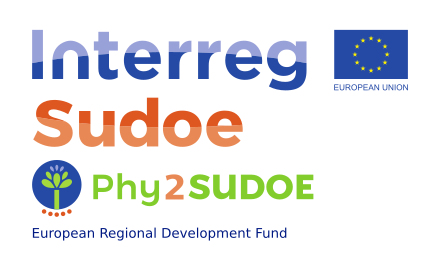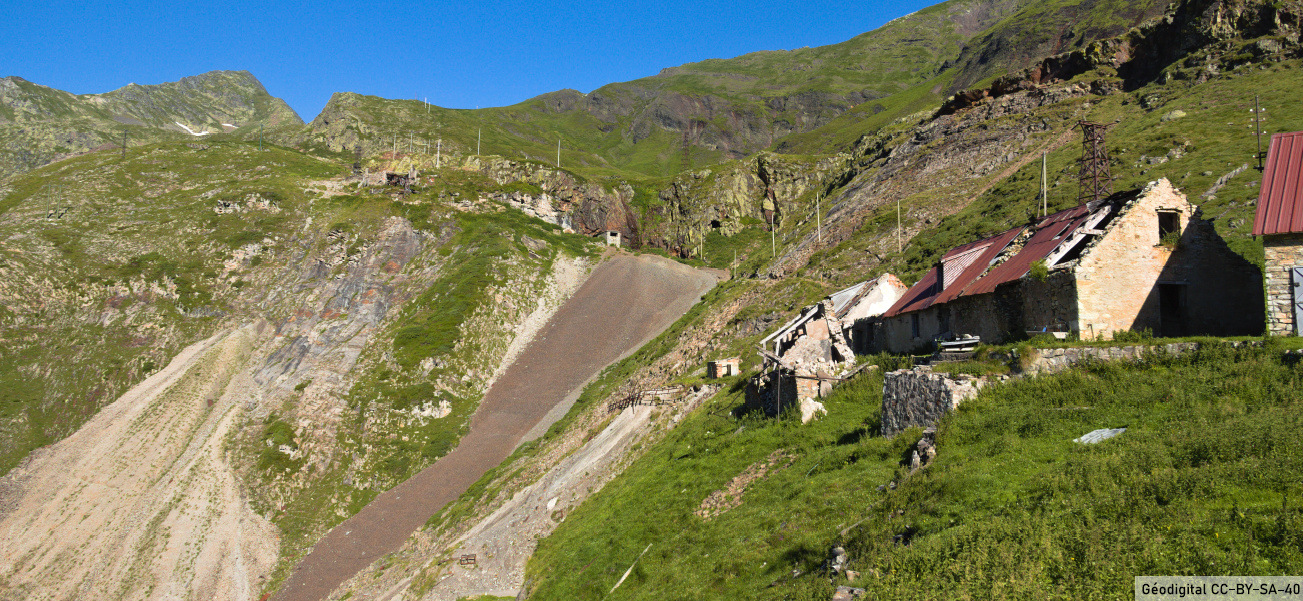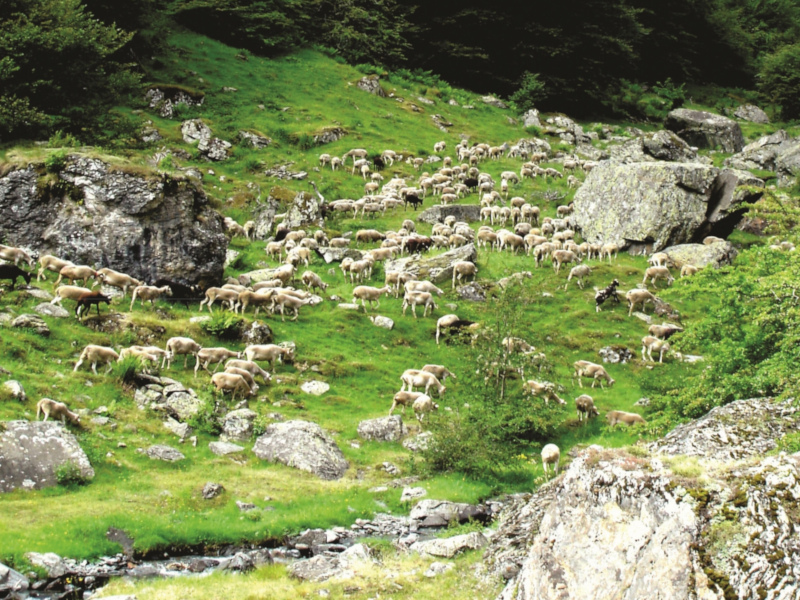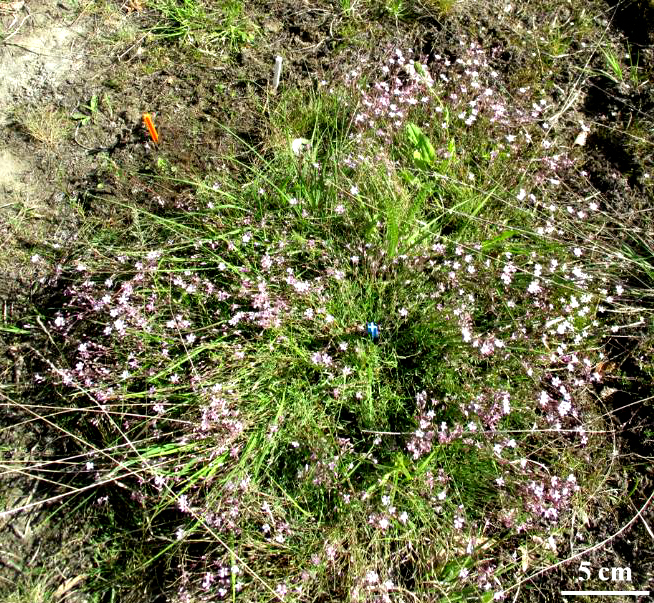Site “NS-3”, Location: Sentein 42°49’35.7″N 0°54’08.0″E
Brief description:
The former mining area of Sentein includes several contaminated sites, called Rouge, Chichoué, Bocard and Bentaillou. Plant interactions have been studied at the tailings sites of Chichoué, Le Bocard, Le Talus and La Plagne, which differ in soil metal contamination (Zn/Pb) and altitude. The plant species present are: Achillea millefolium, Agrostis capillaris, Arenaria multicaulis (M), Armeria muelleri (M), Biscutella laevigata, Calamintha grandiflora, Campanula cochleariifolia, Deschampsia flexuosa, Euphrasia sp, Festuca eskia, Festuca rubra, Gallium sp, Gypsophila repens, Helianthemum nummularium, Helianthemum italicum, Hieracium sp, Hutchinsia alpina (M), Minuartia verna, Molinia caerulea, Poa alpina, Saponaria sp, Silene vulgaris. (M: metallophytic plants)
The plant cover is homogeneous, with no gradient in the residues located at Le Talus and Le Bocard. Achillea millefolium is grouped with G. repens (facilitator) at Le Talus, and M. verna similarly with Gallium sp. at Chichoué. The interaction between plants is usually neutral (66%) or positive (aggregation, 32%), but rarely negative (2%). The “aggregation” effect and the frequency of paired plant species increase with soil contamination.
Health risks have been assessed at 103 sites: public recreation areas, temporary and permanent residences, walking and picnic areas, grazing areas, etc.
In the 9 grazing areas studied, some have high concentrations of Pb, Zn and As in soil, and sometimes in water. It is recommended: to avoid reworking the soil and to keep the pastures in good condition in the contaminated areas of the Lez valley; to limit the exposure of livestock to certain contaminated mining deposits (implementation of an alternative route or fencing); and not to neglect the contamination hotspots and plots where soils are contaminated.
Actions in the Phy2SUDOE project:
- Evaluation of plant species and soil amendments for phytostabilisation of metals/methaloids.
- Conservation of plant species of interest (e.g. metallophytes).
- Seed and soil collection (conservation of microbial communities).
–
The SixP research project (http://sixp.fr/) is also carried out at several sites located in the Biros Valley, French Pyrenees (Ariège County, France). In this valley, and specifically in Sentein city’s area, several sites are witnesses of the former mining activities and are investigated by the SixP project. Such metal(loid)-contaminated sites are legacy of former ore-washing plants at low altitude, and by tailings in the surrounding of former mining areas more in altitude.
SixP is a research program funded by the French National Research Agency (ANR). It focuses on the ecology of plant communities growing in metal-rich soils in former mining areas. The study of plant-plant interactions in these specific environments is the core of this project. Complementary studies develop innovative approaches to in situ identify plant species using airborne data and Artificial Intelligence.
The SixP research consortium includes 6 partners:
- GE lab (ENSEGID) : a multidisciplinary lab in environmental science (geology, hydrology, and ecology). The projet leader (Florian Delerue) is part of the GE lab.
- EPOC ecology lab. Pr. Richard Michalet, expert in plant facilitation in many ecosystems, including mountain areas.
- ISPA biogeochemistry lab: Valérie Sappin-Didier and Christophe Nguyen, who study the metal transfer from soil to plants.
- The BRGM (national geological survey, France): Gaël Bellenfant and Thomas Dewez are experts respectively in post-mine sites management, and interpretation of geomorphological data from LIDAR and photogrammetry.
- At IRISA computer science lab, and more precisely within the OBELIX group focusing on Artificial Intelligence for Earth and Environment Observation, two researchers are involved: Sébastien Lefèvre, leading the OBELIX group, with expertise in deep learning applied to remote sensing; and Thomas Corpetti, with complementary expertise in estimation of biophysical variables from remote sensing data.
- L’Avion Jaune (AJ) is a remote sensing company with experience in research projects for environment and geomorphology. The company CEO (Michel Assenbaum) and several engineers participate in SixP.




